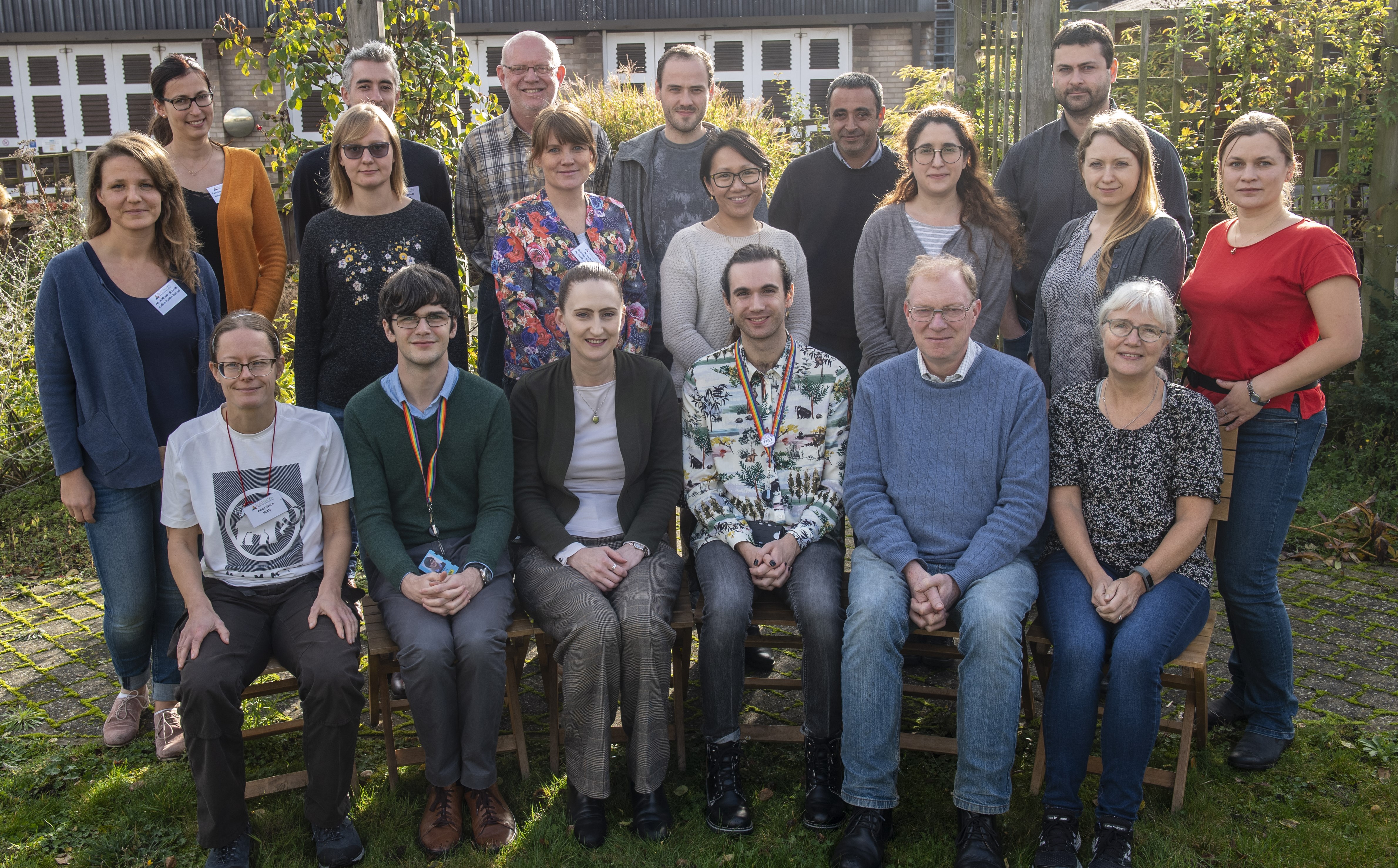RustWatch workshop on MARPLE diagnostics brings together researchers from across Europe
Fourteen researchers from eight European countries came together at the John Innes Centre to attend a workshop providing training in genomics-based, pathogen diagnostic and surveillance techniques as part of the Horizon2020-funded RustWatch program

The workshop led by Dr Diane Saunders and her team took place over four days and provided a gentle introduction to the latest genomic-driven techniques with a focus on the recently developed Mobile And Real-time PLant disEase (MARPLE) diagnostic method. The MARPLE diagnostics platform uses the portable, hand-held MinION sequencing device created by Oxford Nanopore Technologies to provide real-time, point-of-care plant disease diagnostics and surveillance for complex fungal pathogens.
The MARPLE diagnostics method works by sequencing specific regions of the pathogen’s genome on the MinION sequencer that can be used to define individual strains of the wheat yellow rust pathogen and monitor key genes for mutations such as fungicide target genes.
Guiding participants through the computational aspects also presented an opportunity to address the dire need for basic training in bioinformatics. “I found the RustWatch Workshop on MARPLE diagnostics very informative and useful. It provided hands-on experience in the lab with the MinION nanopore sequencer, and then further an introduction into basic bioinformatics!” commented participant Dr Tine Thach from Aarhus University, Denmark.
In the final step of the analysis, participants determined how closely related different strains of the yellow rust pathogen were by creating phylogenetic trees that illustrate their relatedness in a similar manner to a family tree. “I found the tree-based approach particularly useful as it allows analysing complex patterns in a human-readable manner.” said Dr Anne Webb a participant from NIAB, UK.
This method is also highly suited to disease emergencies as it can generate detailed data on which strain of the yellow rust pathogen is in a farmer’s field within just 48 hours of collecting a sample. This provides near real-time data on the rapidly shifting nature of pathogen population structure and dispersal that can feed directly into early-warning systems and control recommendations.
This workshop provides the first step towards potential adoption of the methodology in rust diagnostics labs across Europe.